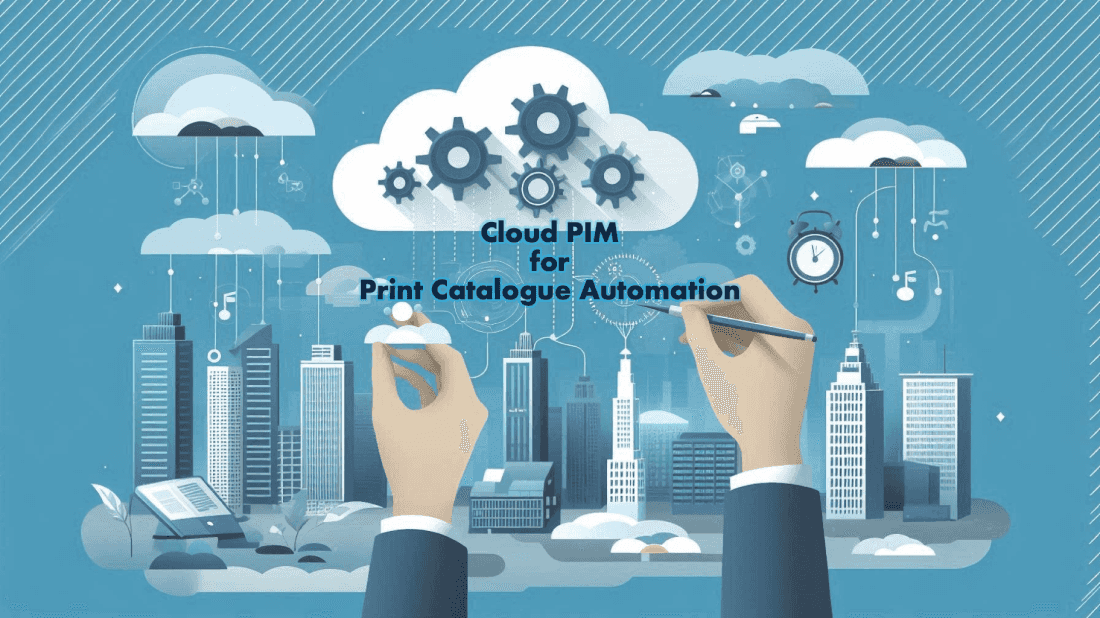Apr 27th, 2024
Why manufacturers need a Product Information Management (PIM) system?
Categories:Product Information Management SystemManufacturers often rely on systems like Enterprise Resource Planning (ERP) and Product Data Management (PDM) to streamline internal processes and manage essential operational data.
Yet, these systems might lack specific functionalities critical for effective external communication and marketing. This is where Product Information Management (PIM) systems become indispensable, bridging the gap between operational data management and market-facing product presentation.
Expanding on the Role of PIM in Manufacturing
A PIM system offers a specialized approach by centralizing and enhancing product-related data, making it readily available for sales and marketing channels. Unlike ERP, which focuses more on integrating various financial and resource management functions, or Master Data Management (MDM), which aggregates essential corporate data into a central repository, PIM systems specialize in managing detailed product information. This specialization includes handling extensive product content, digital assets, and ensuring that this information is consistent across all platforms.
The Strategic Importance of PIM for Effective Market Communication
In today’s highly competitive markets, the way products are presented can significantly influence customer decisions. A robust PIM system ensures that product descriptions are not only accurate but also compelling, enriched with relevant details that highlight the product’s unique features and benefits. This enriched content is crucial for engaging potential customers, improving the effectiveness of marketing campaigns, and ultimately driving sales.
Enhancing Digital Asset Management with PIM
Beyond managing textual product data, PIM systems efficiently handle digital assets such as high-quality images, videos, and technical documents. These assets play a crucial role in modern e-commerce environments where visual appeal can directly impact purchase decisions. Integrating digital asset management with product information management allows companies to streamline their content strategy, ensuring that all product-related materials are synchronized and updated across every touchpoint.
How PIM Complements ERP, MDM, and PDM
While ERP and MDM systems provide the backbone for internal operations and data consistency, they often fall short in addressing the specific needs of marketing and sales teams concerning product information. PIM systems complement these technologies by delivering capabilities tailored for the dynamic needs of product marketing and customer engagement. Similarly, while PDM systems manage the technical aspects of product development, PIM extends this data into the realm of customer interaction, enhancing the overall value proposition of products in the market.
The Role of PIM in Multichannel Distribution
Manufacturers today must cater to a variety of sales channels, each with its unique requirements for product information. A PIM system plays a critical role in ensuring that product data is not only consistent but also optimized for each channel, whether it’s an online marketplace, a physical retail store, or a B2B portal. This optimization includes customizing product information to meet channel-specific standards and consumer expectations, which is key to maintaining a strong brand presence across diverse platforms.
Conclusion: The Strategic Asset of a PIM System
Adopting a PIM system is more than just an operational upgrade; it is a strategic investment in a manufacturer’s digital transformation initiatives. It enhances the capability to manage product data more effectively, aligning it with market demands and customer expectations. For manufacturers focused on expanding their market presence and enhancing customer satisfaction, a PIM system provides a critical solution that supports both internal efficiencies and market-driven goals. By integrating PIM into their technology stack, manufacturers can ensure that their product information management is not just functional but a strategic asset driving business growth and customer engagement.
About Neurologik
Neurologik ProductHub integrates PIM, DAM, PDM, MDM, and CMS. The PIM component is specifically designed for manufacturers operating within a channel sales model. We facilitate the sharing of manufacturing product data across various partners, distributors, and data aggregators. Connecting to any channel and internal systems such as ERP, CRM, among others, is one of the key advantages of the Neurologik suite of solutions.







